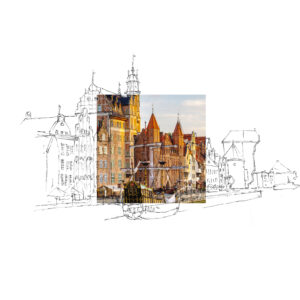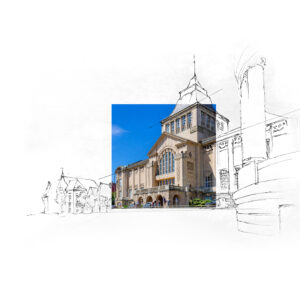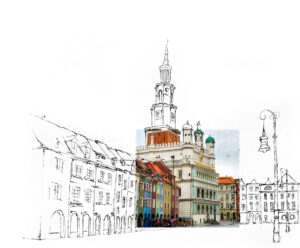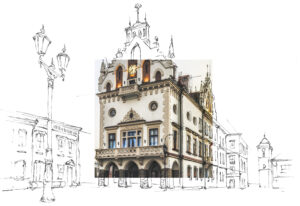When arguments reach their limits, imagination can step in. To break through Poland’s polarized climate, IUS turned to storytelling—asking what everyday life might look like under our proposed constitutional settlement.
We call these stories “dreams” not only because they describe a reality not yet achieved. Like ordinary dreams, they provoke, inspire, and expand our imagination. Written in early 2023, they imagined a moment when, in the face of resurgent Russian imperialism, Poland’s political camps realized that their war was weakening the nation. In this imagined future, both sides still clung fiercely to their values but agreed to channel their disputes into a new social contract.
For this international edition, we have not updated the stories. They now read less as visions of a distant future than as an alternative present: a Poland in 2025 that has already chosen institutions strong enough to hold its differences. The starting point is the December 2023 constitutional amendment. It gave each voivodeship its own Charter, approved by referendum. Voivodes gained local democratic legitimacy, the Senate became a chamber of regions, and fiscal autonomy was expanded. Ordinary laws reinforced citizen participation, regional cooperation, and local media oversight.
The process of drafting the first Charters in 2024 sparked genuine debate in assemblies, town halls, and even schools. For many citizens it was the first time constitutional law was something they could argue about and shape, rather than a text handed down from Warsaw. On May 28, 2024—thirty-four years after Poland’s first free local elections—voters elected new regional governments and decided how far to adapt the model Charter. Most adopted it with modest adjustments, proving that decentralization could deliver both stability and diversity.
Three of the dreams explore how progressive, leftist, and liberal traditions might flourish within this framework.

In Progressive Pomerania, a patchwork family arriving from abroad discovers a region proud of its Hanseatic openness. Integration policies are written into the Charter, smart-home technologies support the elderly, and young volunteers turn innovation into solidarity. Though same-sex marriage faces resistance from the Constitutional Tribunal, partnership status and anti-discrimination programs—summed up in the slogan “Family by Any Name”—anchor equality in daily life.


The other two stories show how conservative and Christian Democratic visions thrive under the same settlement. Christian Democratic Subcarpathia builds its identity around subsidiarity, inspired by Catholic social teaching but firmly pro-European. Counties are replaced with service hubs tailored to communities, and the voivode is chosen by the regional assembly to encourage coalition government. The Aviation Valley industry links with Ukraine’s reconstruction, while transport, healthcare, and education finally receive systematic attention. Together, these five dreams are not blueprints but provocations. They show how shared constitutional rules can host radically different ways of life, each legitimate, each vibrant, each accountable to its own citizens. In times of division, they remind us that democracy’s strength does not come from uniformity. It comes from institutions capable of holding our differences.


Why These Dreams Matter